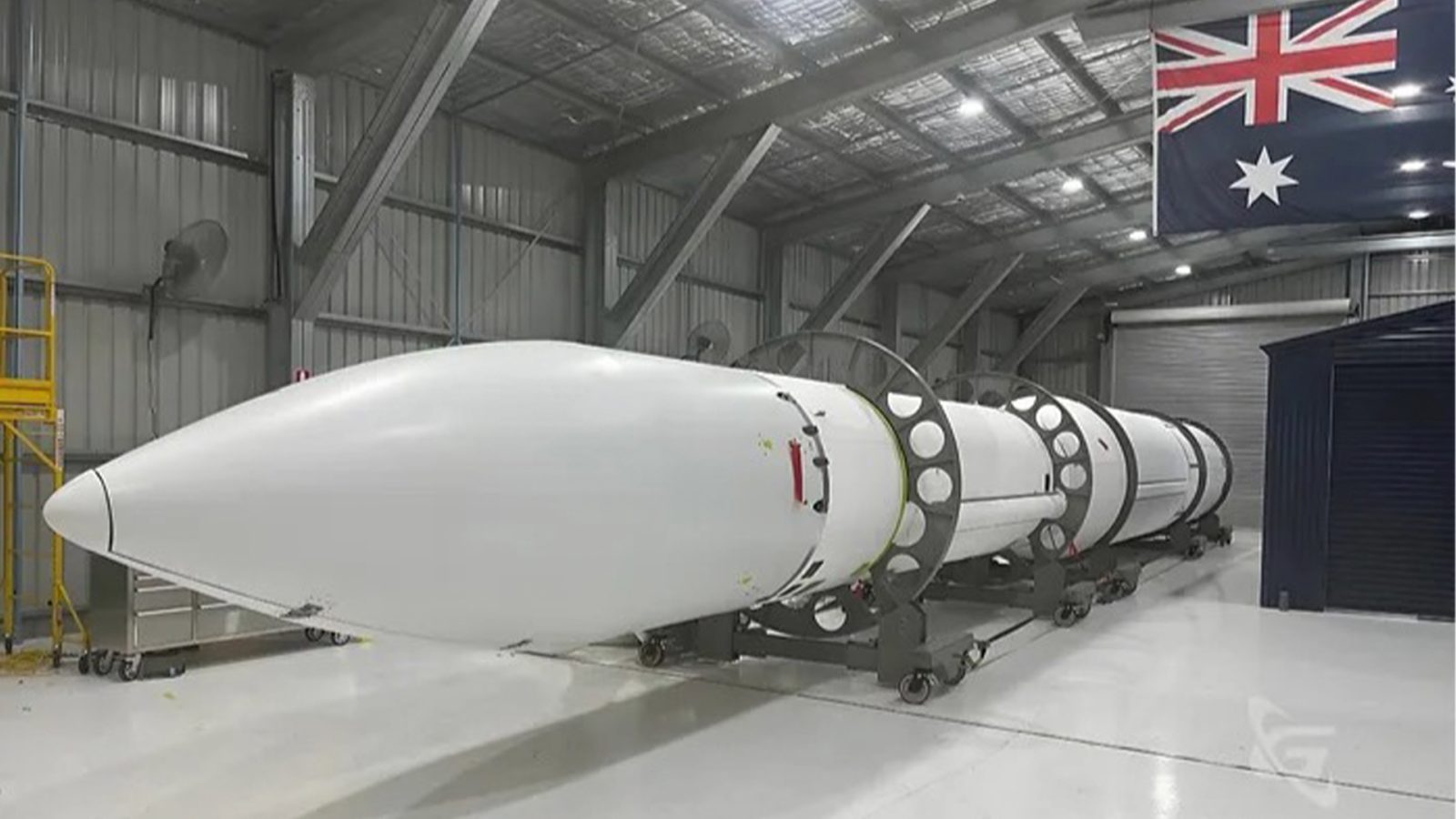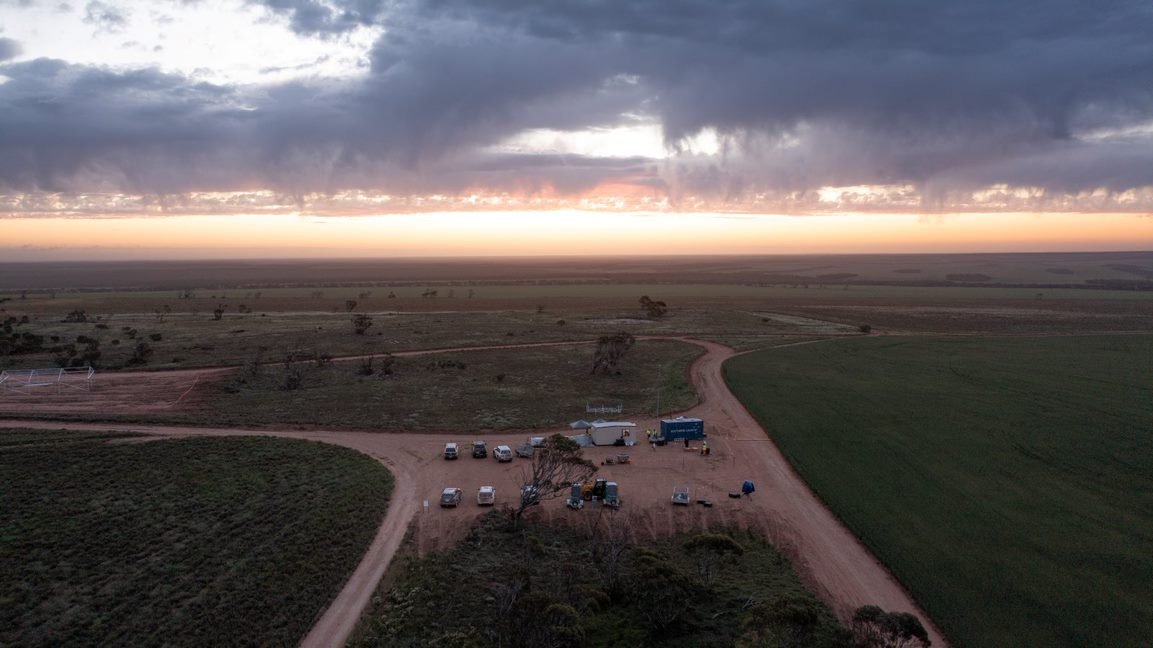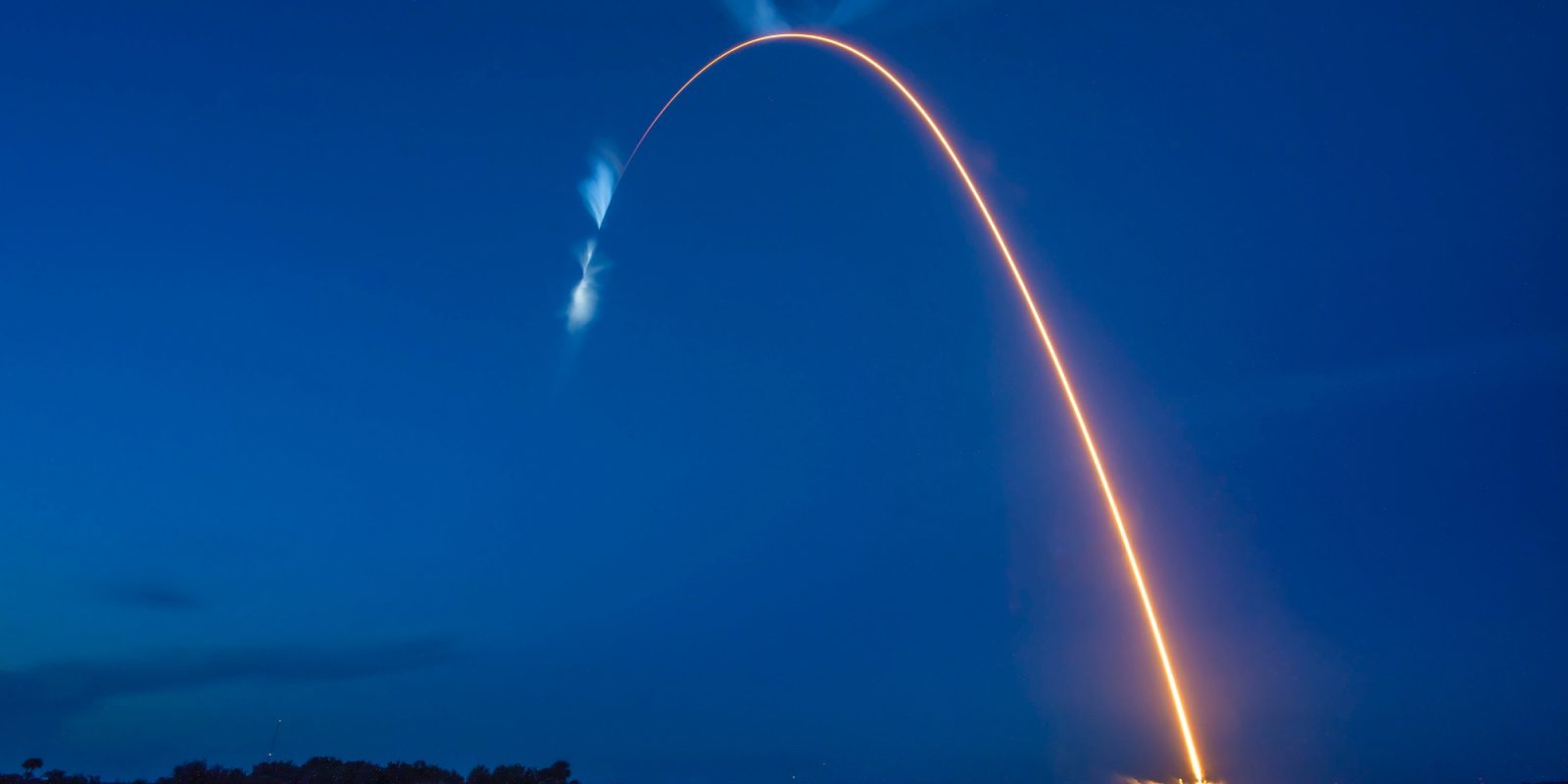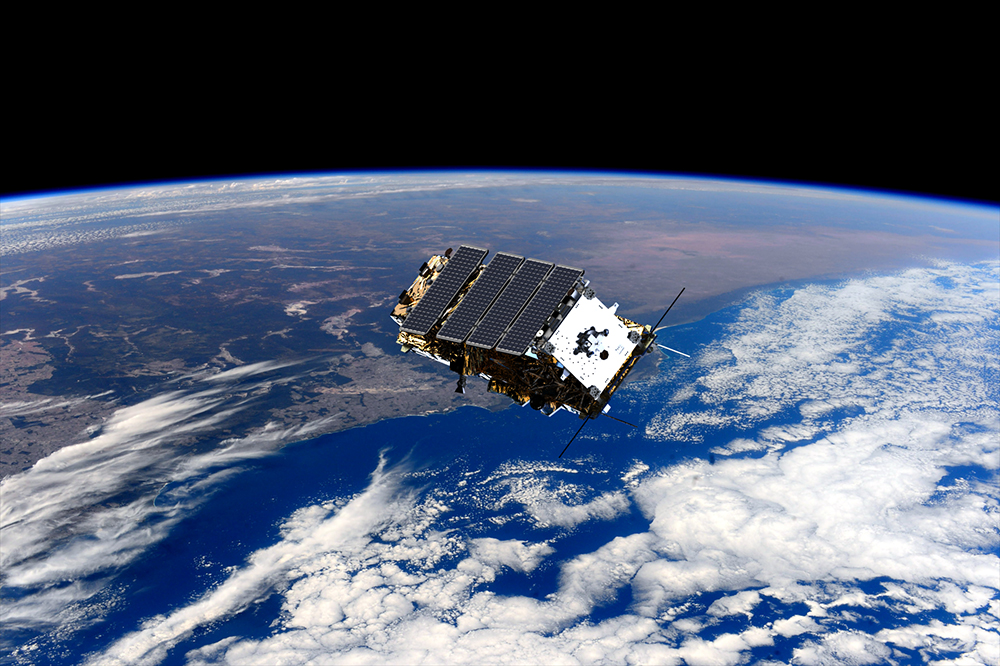Gilmour Space Technologies takes a $36M journey to the stars

Founded in 2012 by the Gilmour brothers, Adam and James, Gilmour Space aims to position itself as an industry leader with the development of the Eris launch vehicle, a three-stage rocket engineered to transport small to medium payloads into orbit. This initiative underscores the company’s commitment to democratizing space access through innovative technology and strategic investments.
Expand Expanding Close



